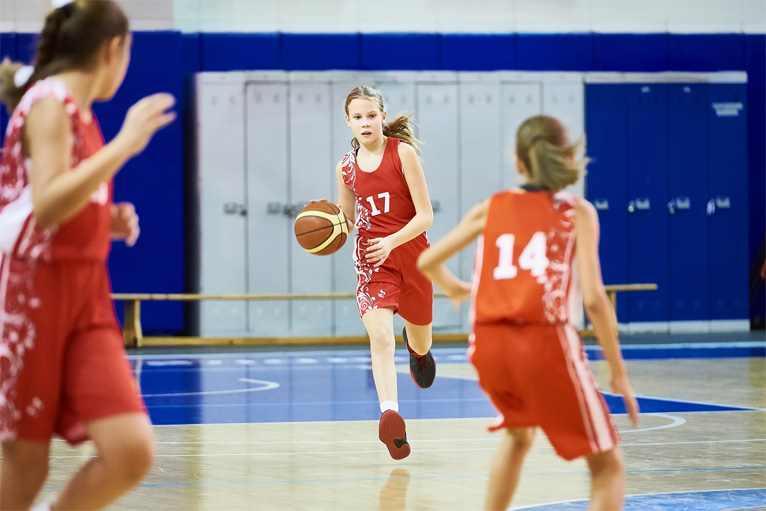
10 May Osgood Schlatters
It is probably a condition you heard about growing up, weather you had it or your friends had it. Osgood Schlatters is common in growing children, it is essentially an overuse injury of the knee. Repetitive activity, particularly jumping activity can causing swelling and irritation over the growth plate at the top of the shin. The condition is commonly related to pain during your adolescents growth phase.
Causes
Osgood Schlatters disease is caused by an imbalance of growth between the bones, muscles and Tendons. This causes the tendons to pull on the shin bone at the growth plate causing swelling and irritation.
Risk Factors
- Active growth spurts in Children between the ages of approximately 9-14
- Children who have a sudden increase in activity
- Children who participate in sports with high levels of jumping and running
Diagnosis
Signs of Osgood Schlatters include:
- Pain and swelling below knee cap
- Occasional palpable mass at base of knee cap
Symptoms
- Pain aggravated by activity – particularly running and jumping
- Pain aggravated by up/down stairs
Usually having known risk factors, signs and symptoms of Osgood Schlatters is enough for diagnosis however x-ray can be ordered to confirm
Treatment
Treatment consists of using ice and methods to reduce inflammation for acute pain management.
Physiotherapy will help with long term pain management. Physiotherapists will help to modify activity to ensure your child can still participate at the best of their abilities without causing further injury.
Physiotherapists will also provide exercises to target strengthening weak muscles in the area and lengthening tight muscles in the area. They can also provide various bracing and taping methods to offload the area.
If you are concerned if your child has Osgood Schlatters please do not hesitate to book an appointment with one of our physiotherapists.

Sorry, the comment form is closed at this time.